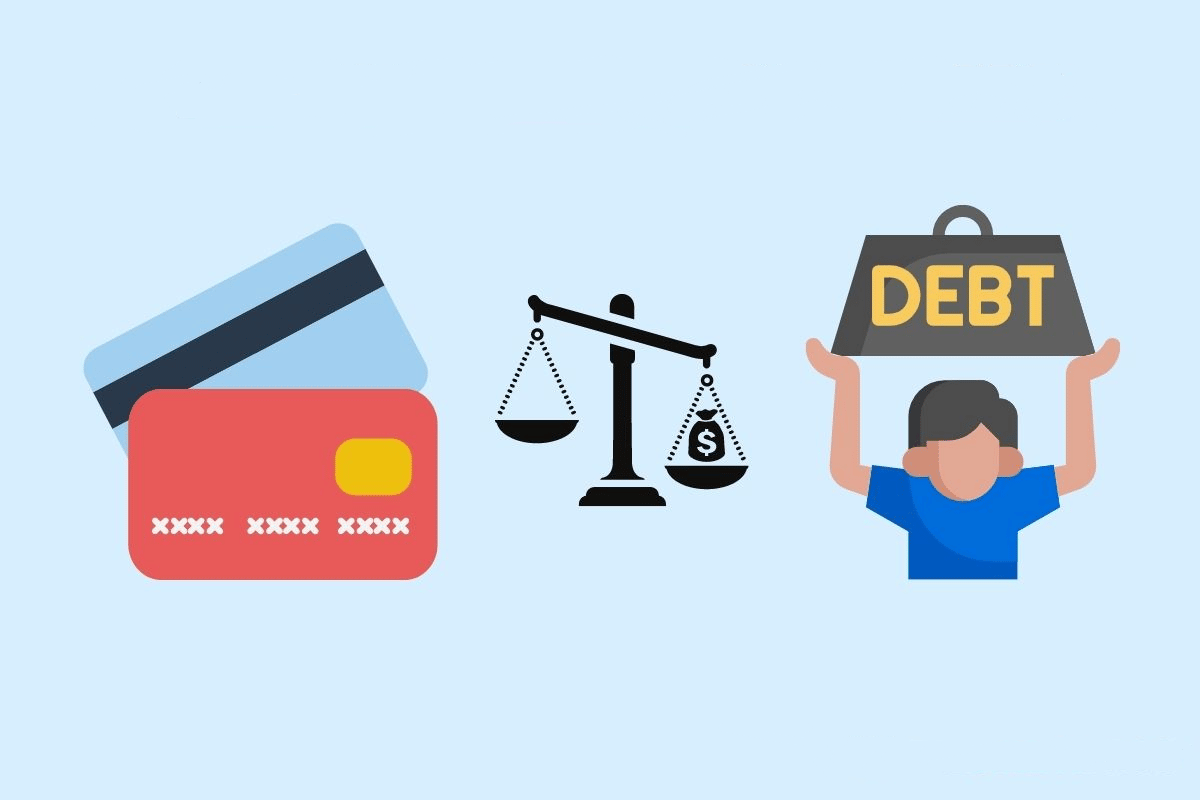
Credit cards have become an integral part of our financial transactions. While they offer convenience and flexibility, the ease of swiping often leads to a common financial hurdle – credit card debt. As balances accumulate and interest accrues, it’s crucial to proactively tackle this issue head-on. In this blog post, we’ll explore effective strategies for paying off credit card debt faster, empowering you to regain control of your finances and pave the way for a debt-free future.
Understanding the Challenge:
Credit card debt can feel like a never-ending cycle, with high-interest rates compounding the problem. Before diving into strategies, it’s essential to understand the factors contributing to your debt:
- High-Interest Rates: Credit cards often come with high-interest rates, making it challenging to reduce balances.
- Minimum Payments: Minimum payments may seem manageable, but they mainly cover interest charges, leaving the principal largely untouched.
- Accumulating Interest: Interest compounds over time, meaning you end up paying interest on interest, amplifying the total amount owed.
Strategies for Faster Debt Repayment:
- Create a Budget: Start by assessing your monthly income and expenses. A detailed budget will help you identify areas where you can cut back and allocate more funds towards debt repayment.
- Prioritize High-Interest Debts: Tackle debts with the highest interest rates first. This strategy, known as the debt avalanche method, minimizes the total interest paid over time, accelerating your path to debt freedom.
- Consolidate Debt: Consider consolidating multiple credit card debts into a single, lower-interest loan or balance transfer credit card. This simplifies repayment and reduces overall interest costs.
- Increase Monthly Payments: Allocate as much as possible towards your credit card payments each month. Even a slight increase can make a significant impact over time, helping you pay off the principal balance faster.
- Snowball Method: Alternatively, the snowball method involves paying off the smallest debt first, providing a psychological boost and momentum to tackle larger debts.
- Negotiate Lower Interest Rates: Reach out to your credit card issuers to negotiate lower interest rates. A lower rate means more of your payment goes towards reducing the principal balance.
- Generate Additional Income: Explore opportunities to supplement your income, whether through a side hustle, freelance work, or selling unused items. The additional funds can be directed towards debt repayment.
- Emergency Fund: Establishing an emergency fund prevents you from relying on credit cards when unexpected expenses arise, reducing the risk of accumulating more debt.
- Financial Counseling: Seek guidance from financial counselors or debt management agencies. They can provide personalized advice and help negotiate with creditors to establish more manageable repayment plans.
Conclusion:
Paying off credit card debt faster requires commitment, discipline, and a strategic approach. By implementing these strategies, you can take significant strides towards financial freedom. Remember, the journey to debt-free living is a marathon, not a sprint. Celebrate small victories along the way and stay focused on your ultimate goal of achieving lasting financial stability.
